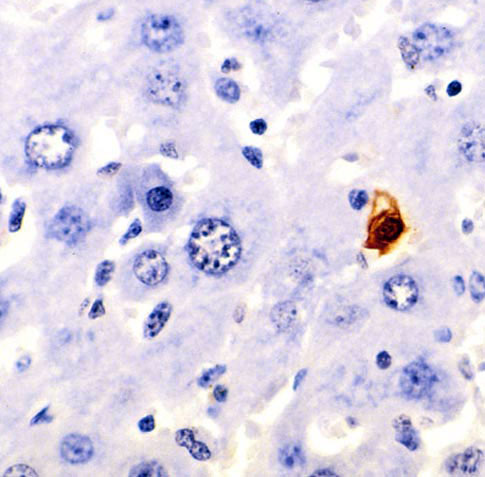The current global recession notwithstanding*, I have some major beef with economics in general. Economics exists to describe, regulate, and predict the markets, yet it inevitably fails to recognize reality and only perpetuates an unfortunately narrow self-interest in the majority of its participants. I posit:
1) The self-regulating "invisible hand" of the markets that supposedly guides consumers en masse to the best possible outcomes is nothing more than a foolish myth.2) Economics pretends that it is uniquely exempt** from basic thermodynamic principles.The invisible guiding hand is a convenient white lie that humanizes the volatility of markets, which amplify human indecisiveness and greed, and makes them seem comprehensible. This is pure fluffery at its least ingenious. The invisible hand's actions throughout history have, by and large, only served to increase the wealth of those who could afford to speculate within the markets, those who had money to risk and milk. It is entirely true that the invisible hand will guide consumers to purchase equivalent goods at lower costs and thereby benefit the producer who is able to manufacture those goods at the lowest marginal cost. But the same time this effect will not increase the purchasing parity or real wealth of the consumers themselves unless we insist on qualifying wealth by measurement of cheap plastic tchotkes. The invisible hand excludes benefit to the poor by marginalizing their purchasing to the necessities and using them as labor. The latter effect is especially apparent in third-world sweat shops churning out luxury items for industrialized nations' consumption. This disparity between benefit to the rich and cost to the poor is starkly visible in material trade and manufacturing between wealthy consumer nations and poor producer nations.
The North American Free Trade Agreement (
NAFTA) effectively removed all barriers to trade between the United States of America, Canada, and Mexico. Large businesses in the USA and Canada have benefited from the cheaper labor available from Mexico even as their own working classes have suffered. Consumption intensive (defined as consumption relative to income) middle class families have certainly benefited from this with the rise of Walmart-type stores. But at the same time, large agricultural businesses, through chemical-heavy agricultural practices, can produce more corn per acre and do so more cheaply than Mexican farmers, and as such cheap USA grain flooded the North American market and dropped the bottom out of the smaller local markets that Mexican farmers depended upon. This bankrupted Mexican farmers, which in turn benefited large USA and Canadian businesses by providing hungry labor and mass immigration to urban centers (e.g.,
maquiladoras). Ironically enough, this has greatly increased the benefit to risk ratio of illegal immigration into the USA or Canada, something that the very politicians who championed NAFTA are now bemoaning and demonizing.
The invisible hand also fails to take into account individual greed. For the most part, most people will always hew true to one law and one law only: serve thy immediate needs! It is very difficult, sometimes even nigh impossible, to convince people to care about anything beyond their own immediate surroundings and even then it has to have a benefit to them. This is especially true in the relationship of the economy to the environment, and by proxy, peoples' apathy to caring about anything to do with the environment (or people far away, for that matter).
This brings me to my second point: economics acts as though it is independent of the physical laws that govern all things and organizations. The economy treats the environment, and the mineral, biological, and human resources contained therein, as infinite. Our entire global economic system is predicated on the assumption that infinite growth is posssible, practical, and inevitable. Barring the development of cost-effective space colonization and mineral extraction, this is only absolute madness! The Earth has a finite mass and a finite chemical composition and as such there is an absolute limit to the volume of materials we can extract and use. We can only move so much, and at that relatively little, amounts of stuff around before we start to poision our own garden. We've been quite tidily moving the carbon in fossil fuels to carbon dioxide in the atmosphere for the past 2 centuries, which is now incontrovertibly linked to global warming and ocean acidification.
Economics also ignores the very real and deadly costs of waste products. Manufacturing waste, whether steel slag, arsenic extractant for gold, or simple office paper trash, take up space and, because its toxic more often than not, poisons its immediate environment. Waste represents an energy sink, a huge cost that is magicked away from the accounting sheets because it is long-term and distant and will be someone else's problem before we are willing to take responsibility for it. Economics treats waste as just another commodity, pretending that the Earth contains infinite space for landfills, infinite fresh water to pollute, and infinite poor nations to d
ump toxic waste upon. While this does indeed maximize profits for the already-affluent shareholders, it does nothing to increase the average standard of living for the human race. If anything, it just makes it worse.
If nothing else, we can at least conclude that the invisible hand is not only invisible, but also blind, venal, and utterly unwilling to acknowledge its limitations. Funny how an invisible hand can look so hard at itself preening in the mirror.
*Seriously, who thought it'd be a good idea to sell debt around? That's like selling someone a cookie before the flour has even been ground, and if you sold me a cookie before you so much as even had the ingredients you'd have a very unhappy and possibly angry Toaster on your hands.
**Politics, however, does operate independently of thermodynamic principles.















